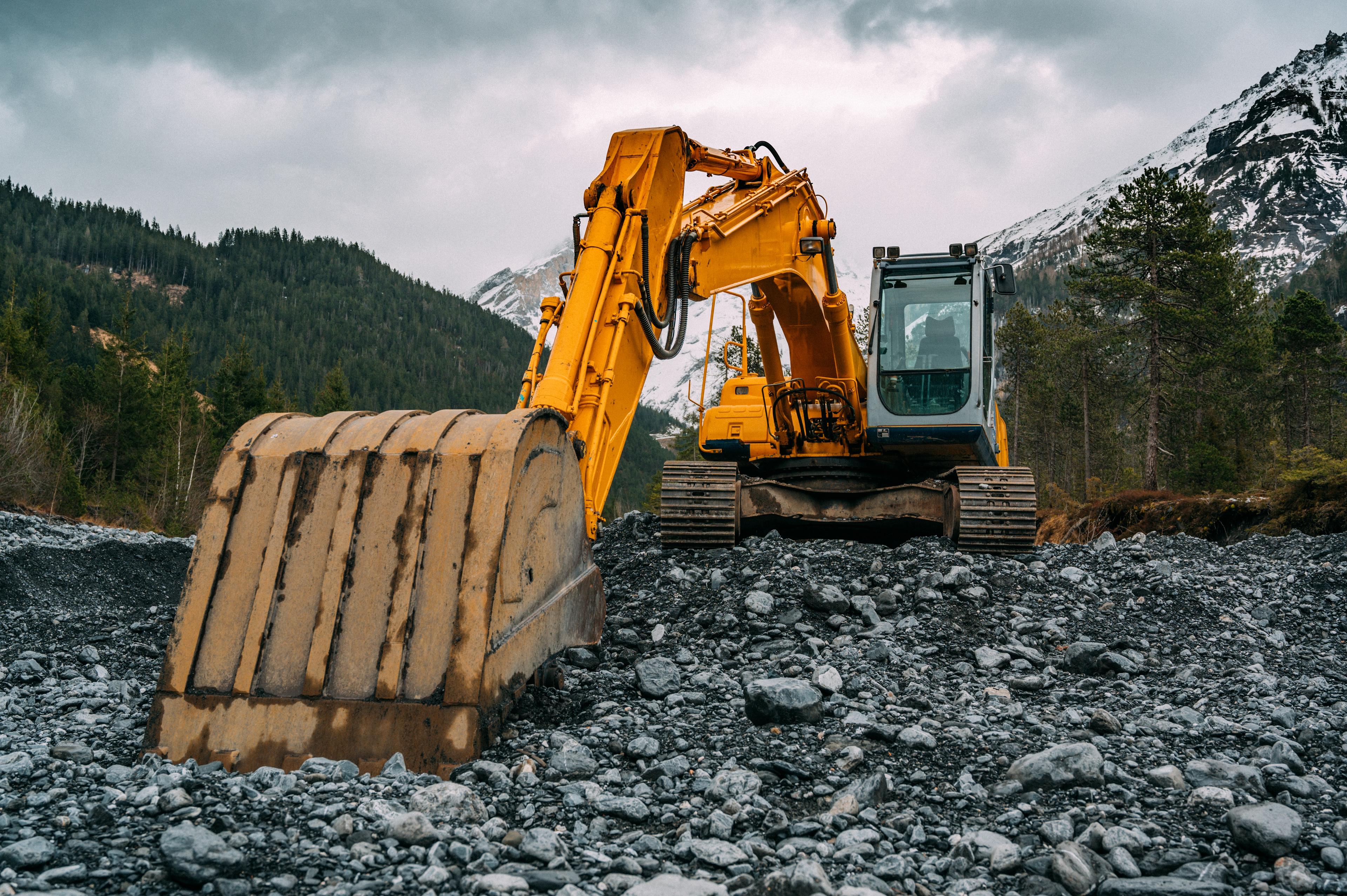The mining industry has many potential hazards, and excavation and trenching are no exception. These activities involve the removal of soil and rock from the earth to create underground spaces, which can pose significant risks to the safety of workers if proper precautions are not taken. This article will discuss the importance of excavation and trenching safety in the mining industry and provide best practices to help mitigate the risks associated with these activities.

Heavy Equipment Loader
Hazard Identification and Risk Assessment
The first step in ensuring excavation and trenching safety is identifying potential hazards and assessing the risks associated with them. Some common hazards include cave-ins, falls, falling loads, hazardous atmospheres, and accidents involving equipment. To assess these risks, mining companies should conduct a thorough risk assessment prior to the start of any excavation or trenching project.
Proper Planning and Design
Planning and designing excavations and trenches with safety in mind is crucial to minimize potential hazards. This includes ensuring that the excavation or trench is designed to prevent cave-ins and collapses, taking into account the type of soil, water conditions, and nearby structures. It also involves planning safe access and egress points for workers, establishing appropriate barriers and warning systems, and considering the necessary protective systems to prevent falls and other accidents.
Training and Competency
Workers involved in excavation and trenching activities should be properly trained to identify hazards, use equipment safely, and understand the importance of following safety protocols. This includes training in the use of personal protective equipment (PPE), such as helmets, gloves, and safety footwear, as well as training on the correct use of tools and machinery.
Cave-in Protection
Cave-ins are the leading cause of fatalities in excavation and trenching accidents. To prevent these incidents, mining companies should implement appropriate protective measures, such as:
a) Sloping: Cutting the excavation walls back at an angle to form a slope, which reduces the risk of a collapse.
b) Benching: Creating horizontal steps or benches in the excavation walls to minimize the risk of a cave-in.
c) Shoring: Using supports, such as aluminum or timber, to hold the soil in place and prevent it from collapsing.
d) Shielding: Installing trench boxes or shields to protect workers from cave-ins while they work inside the excavation.
Fall Protection
Falls are another significant hazard in excavation and trenching activities. To prevent falls, mining companies should:
a) Install guardrails, fences, or barricades around excavation sites to prevent workers and equipment from falling in.
b) Use safety harnesses and lifelines for workers who are required to work near the edge of an excavation or trench.
c) Ensure that workers are trained in fall prevention and the use of fall protection equipment.
Safe Equipment Operation
Accidents involving equipment, such as excavators, loaders, and trucks, can result in severe injuries and fatalities. To ensure safe equipment operation:
a) Only trained and competent operators should be allowed to operate excavation and trenching equipment.
b) Establish and enforce safety zones around excavation sites, where equipment is not permitted to enter.
c) Regularly inspect and maintain equipment to ensure it is in good working condition.
Emergency Response Plan
Despite all safety precautions, accidents can still occur. Mining companies should have an emergency response plan in place that includes:
a) Procedures for evacuating the site and accounting for all workers.
b) A communication plan to notify emergency responders and other relevant personnel.
c) First aid and medical supplies readily available at the site.
d) Training workers on emergency response procedures and conducting regular drills to ensure preparedness.
Conclusion
Excavation and trenching safety is critical in the mining industry. By identifying and assessing hazards, implementing proper planning and design, providing adequate training, and establishing comprehensive safety protocols, mining companies can significantly reduce the risk of accidents and create a safer work environment for their employees.
